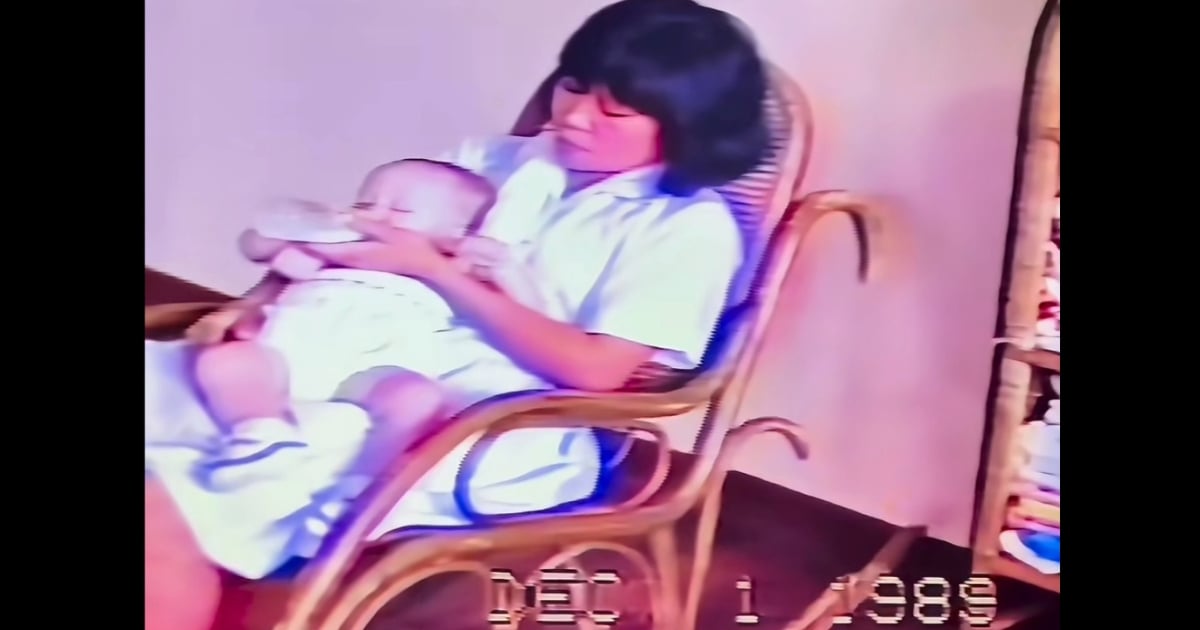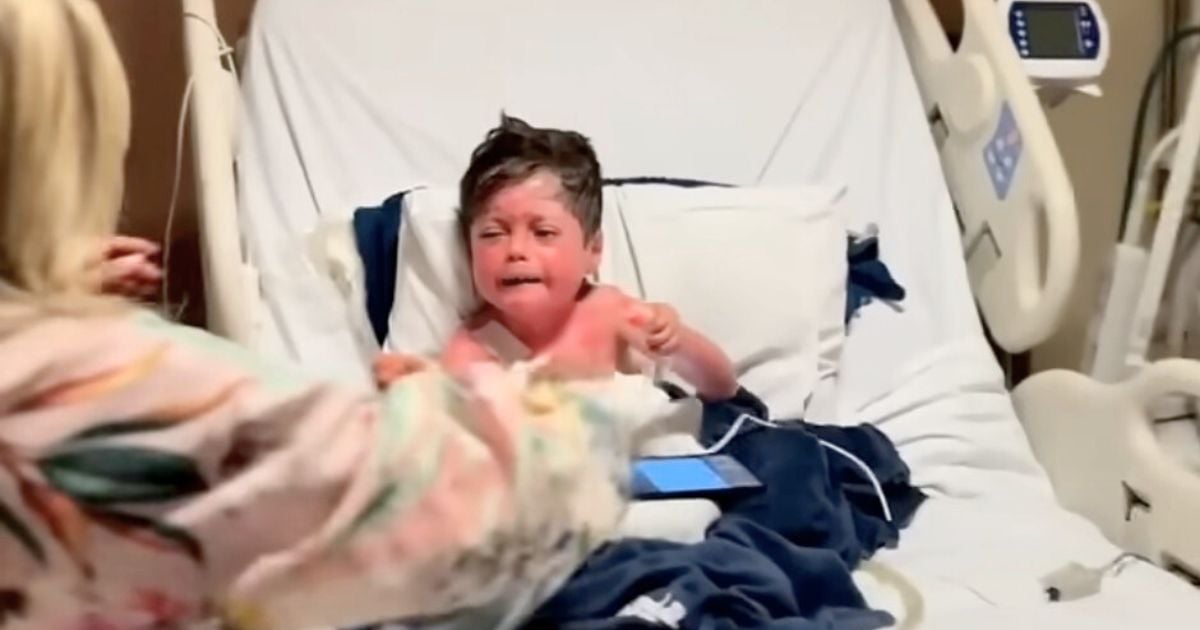On any one single night last year, more than 550,000 individuals in the United States were homeless. One-third of the homeless in America are families whose kids fall asleep hungry, often without shoes and warm clothes.
According to the National Alliance to End Homelessness, people and families who live in poverty are most at risk of becoming homeless. They can barely afford to put food on the table let alone pay the rent and utilities. One hiccup like a medical expense can plunge them into homelessness where it can be difficult to recover.


When journalist Julie Akins chronicled homelessness across the West Coast for a book she’s writing, One Paycheck Away, she was shocked to discover how prevalent homelessness really is in a country as advanced as the United States.
Off and on for two years, she pitched a tent and lived among homeless people from Portland to Denver, immersing herself in their communities.
Along the way, she met Randy who had been homeless for more than 20 years. She wrote about his plight, which inspired her to investigate homelessness more in-depth.


She ended up meeting Lilith, a mom of seven children who were homeless and living on the streets. They had claimed an old blue broken down bus for themselves so that they at least had some semblance of shelter. But there was no heat, no electricity, no bathroom or play area.
They had torn out the seats and put down flooring and decorated the bus with a bookcase of toys and books. The only other items in the bus were totes full of clothes and mattresses.
Their plight prompted Julie to do something for Lilith and her family, and for the other homeless she had met.
“In hundreds of interviews, homeless families told me what Lilith said — they desired a fully functioning bus they could afford to keep forever. I heard them and wanted to enable this dream. She was doing her best for her children but couldn’t cook for them. Alone, her husband ill and not with them, she longed for the opportunity to care for her sweet and loving kids. That never came for this family. Her children became a part of the foster system and I lost touch with Lilith.”


But Julie wasn’t going to let another Lilith or another Randy slip through her fingers. In Oregon alone, 20,000 kids never eat a home-cooked meal, sleep in a bed or take a shower each day. Julie established the non-profit Vehicles for Changes 18 months ago to remedy that heartbreaking problem.
Her plan was simple. To take $18,000 and convert a school bus to where it was powered with solar energy and equipped to offer warm showers and a cooking area. It would have “everything a kid needs to grow up healthy.”
Even more heartwarming is that the buses built every year are constructed by homeless and formerly homeless people being paid a living wage whose work is supervised by a contractor.


“Our homes are leased with options to buy so our families can move on to free and independent lives. Everything about our organization is about creating dignity, stability, joy and learning. Everything about our homes honors Mother Earth … All homes (are) parked at a legal and safe RV park that we’ll pay for for the first six months.”
People always ask Julie, “Why buses?” Her response, “Why not buses?”
“They are 240 square feet, steel frame construction with rigorous safety standards and are left behind by school districts after 12 years when they have 20 more good years on them. In a ‘skoolie’ you can comfortably house a family with electricity, hot water, bathrooms and kitchens. They don’t need cities to change laws and we can get them done quickly and economically. We need that because this is urgent. Kids cannot wait to grow up healthy–we must offer hope now while there’s still time to nurture our future.”


Known best for his tiny houses, designer and contractor Alex Daniell told People that he believes Julie’s project retrofitting buses for the homeless just might be a better concept than his tiny houses. He said they’re more cost-effective than tiny houses and are mobile, allowing families to relocate for jobs. He fell so in love with Julie’s mission that he asked her if he could help and now he designs and builds buses with Vehicles for Change.
“The idea of getting used, donated buses from schools and then converting them with volunteer labor — it’s very appealing to me. It’s so community-oriented. The end product results from keeping a family from breaking apart. My experience with the homeless is: if the families don’t get split apart, and the kids stay in school, they don’t end up on the street. Once somebody’s been on the street for a while, it’s hard to find their way back in.”
The impact these retrofitted buses are having on the homeless is astonishing.
Just ask David Flood, 63, who met Julie when riding on a city bus. He was finishing his third master’s degree in interdisciplinary studies at Southern Oregon University while working as a substitute teacher when his family began falling behind on rent. His 37-year-old wife, Jennifer, was unable to work due to health issues and while their landlord had been compassionate about their plight, this time she denied an extension on the rent and the family had to move out of their trailer.
“What people don’t understand, is that even if someone has a little bit of income, they can end up on the street — even families.”
David, Jennifer and their three kids — Raylee, 11, David Jr., nine, and Noah, two — lived in a tent at a campground during the summer months until the park closed for repairs. Then they crammed into their silver 2006 Mercury Grand Marquis, alternating between a Walmart parking lot and rest stops just to catch some shuteye at night.


But with winter weather looming, the family contemplated moving to southern California so they could continue sleeping in the car and stay warmer at night. As luck would have it, Jennifer caught spiel of Julie on the news talking about the non-profit and remembered they had actually met her before. They applied for a bus through Vehicles for Change and fortunately, they were approved. The family fondly refers to their bus as their “yellow submarine.”
“As a family, we used to always sing, ‘We all live in a Yellow Submarine” and that came true. It made the little money we had stronger. It took the stress off of our lives. It allows us to breathe for a moment.”
With the worry of somewhere safe to sleep at night behind them, David is planning to finish his degree and hopefully secure a job as an adjunct professor. The family has planted an organic garden beside the bus, which sits at a mobile home park, so they have fresh produce to feed the kids.
The older two siblings joke that they live in the Magic Schoolbus from the popular kids books, but it’s really Julie and the volunteers who have worked their magic and helped people turn their lives around. The non-profit is accepting donations to help retrofit even more buses, a genius concept that is making a huge difference.
Please SHARE this with your friends and family.















